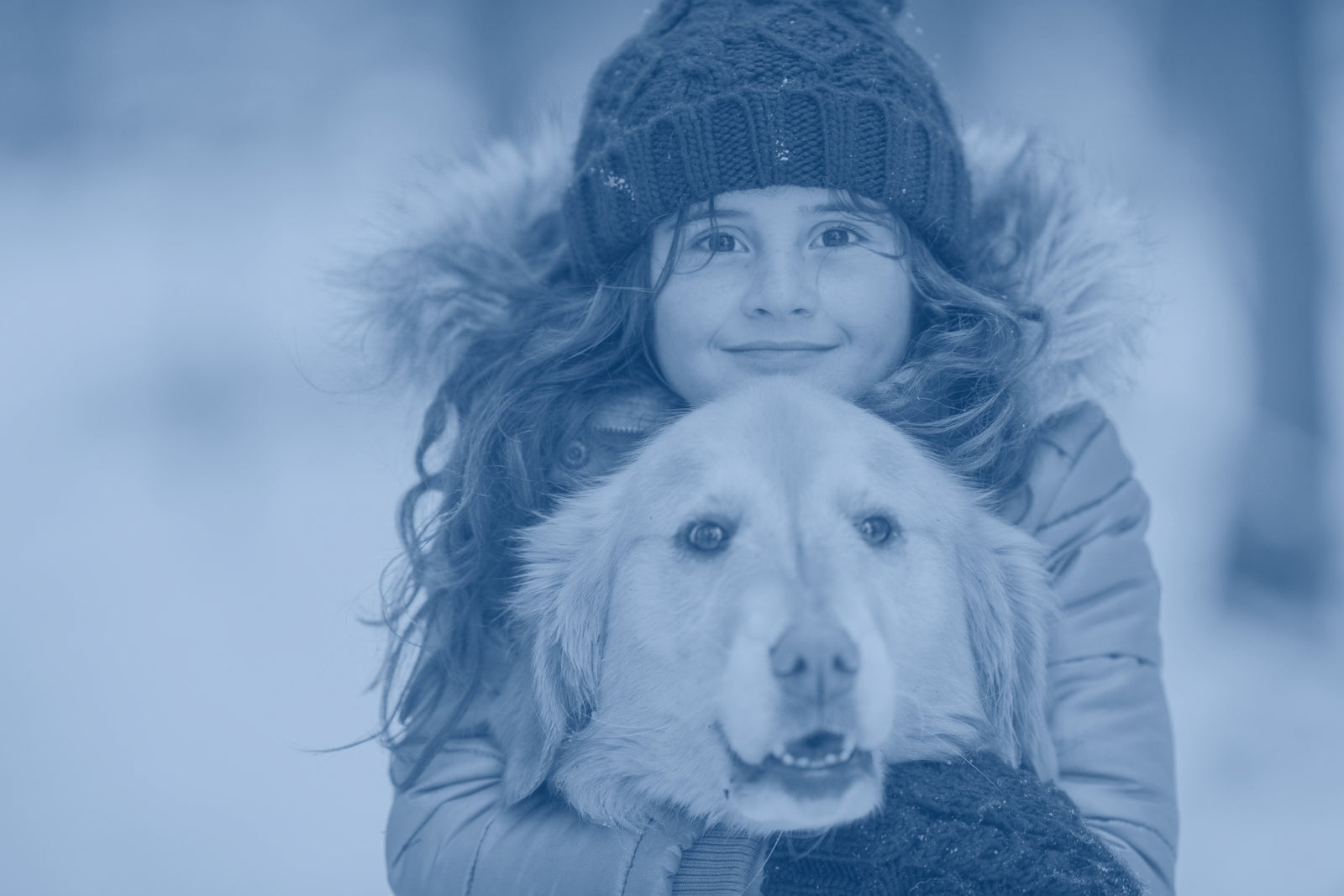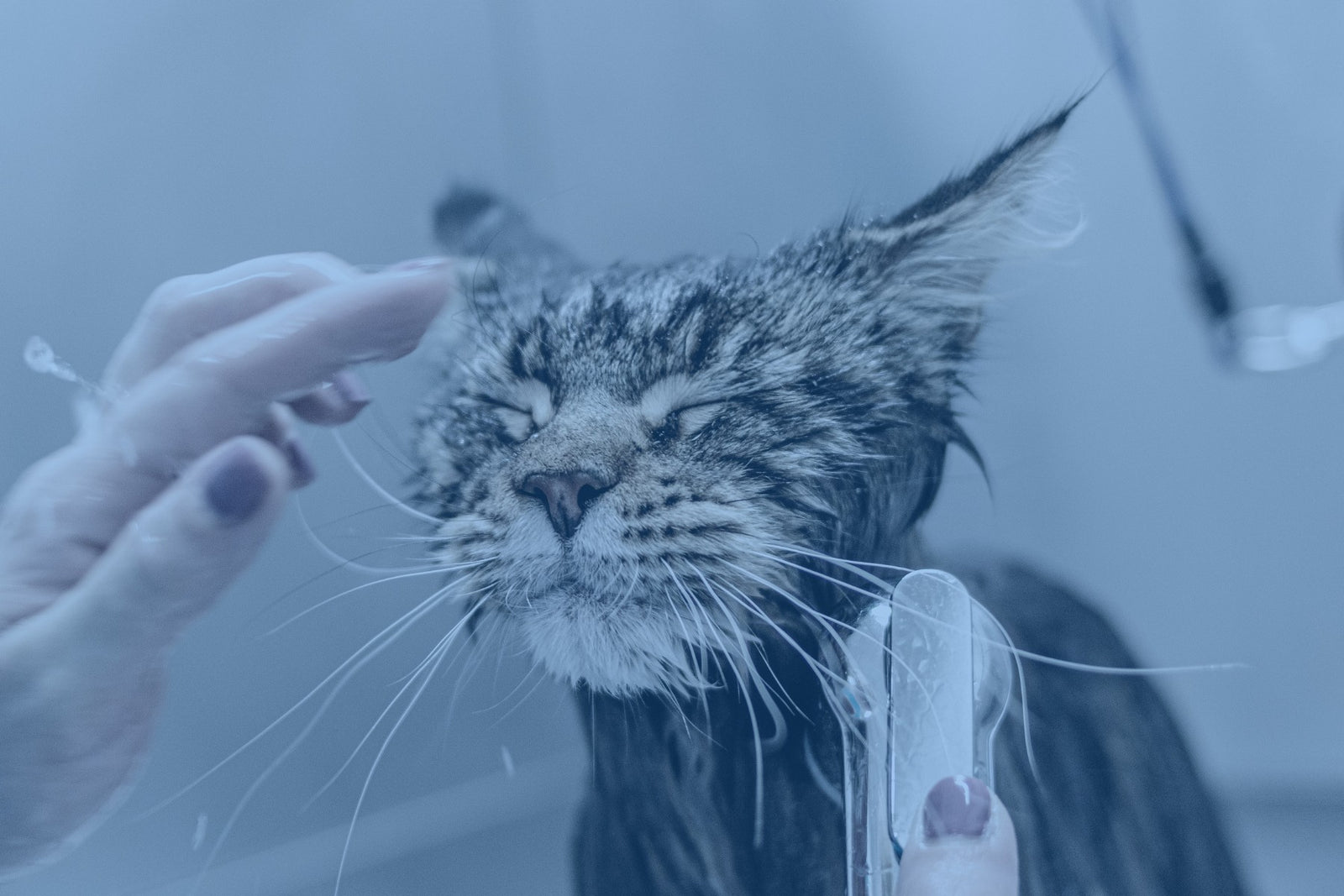Hair loss in dogs can be caused by several factors, from allergic reactions to specific skin conditions to underlying health concerns. Here are six potential reasons your dog may be losing hair.
Because the symptoms can be common for multiple causes, it’s best to consult a Vet for an accurate diagnosis and recommended course of treatment.
In particular, see your Vet if the hair loss and bald spots are accompanied by:
- Itching
- Bad odor
- Irritated or infected skin
- Changes in behavior
- Any skin lesions in other pets or people in the household
1. Hair Loss from Allergies
Itchy skin and hair loss are two of the biggest indicators that your dog has an allergy. They could be allergic to certain ingredients in their food or environmental factors like pollen or dust mites. Your vet can conduct tests to determine whether your dog has food or environmental allergies.
While many people think first of food as the cause of allergies, current data show that about 80% of the time it’s environmental factors.
2. Hair Loss from Parasites:
Flea allergy dermatitis, also known as flea bite hypersensitivity, is the most common skin disease in dogs. Signs of flea allergy dermatitis (FAD) include:
- Patches of missing fur
- Red, inflamed skin
- Hot spots or infected sores
- Flea droppings (black specks) or fleas on your dog, especially near the legs, hindquarters and tail
Even if your dog is not allergic to fleas, these parasites can still irritate their skin, resulting in hair loss from repeated scratching, rubbing or biting.
Mites and lice can also cause hair loss in dogs. The type of lice found on dogs is not the same species found on humans, and they are spread from infected dogs, overcrowded housing, infected grooming tools and poor sanitation. Signs of lice on dogs beyond hair loss include itchiness, redness and flaky skin and coat.
3. Hair Loss from Skin Conditions or Infections
Just like humans, dogs can get dry, cracked skin or skin infections. These conditions can cause your dog’s skin to be extremely itchy. Dogs will often lick, scratch or itch themselves to relieve the discomfort, and over time this can lead to hair loss.
Dogs with bacterial or fungal skin infections usually have an underlying allergy component as well. Bites from other animals as well as cuts and abrasions can also lead to skin infections.
4. Hair Loss from Post-grooming Alopecia
If your dog has a particularly dense coat, clipping or shaving their hair can cause it to grow back in patches — a condition called post-grooming alopecia. This can also occur if part of your dog’s coat is shaved for a surgical procedure. It may take some time, but eventually the hair will grow back in its normal length and consistency.
5. Hair Loss from Hypothyroidism
Hypothyroidism occurs when your dog’s thyroid gland is inflamed or shrinks. As a result, the thyroid doesn’t function as it should.
The major signs of hypothyroidism include:
- Loss or thinning of fur
- Dull coat
- Excessive shedding
- Symmetrical bald spots on each side of body
- Weight gain
- Lower tolerance to cold temperatures
- Thickening of the skin in areas like the axilla (similar to the armpit in humans)
Hair loss due to hypothyroidism can occur anywhere on the body and doesn’t usually cause itching or redness of the skin. This occurs most often in middle-aged medium to large breeds and can be determined via a vet-administered blood test.
6. Hair Loss from Pressure Sores
Older or less mobile dogs are more prone to pressure sores, caused by the pressure of lying in one spot for an extended period of time. These sores usually show up on a dog’s hip, elbows or sides and can become a chronic condition, much like bedsores in humans.
Signs of pressure sores include:
- Hair loss
- Ulcers
- Thickened, irritated skin
- Open wounds
Pressure sores can be difficult to treat, so prevention is key. Try to keep your dog mobile, consider getting them a wheelchair if necessary, and make sure they have clean, soft, comfortable bedding at all times. Take your dog to the veterinarian immediately if you notice pressure sores anywhere on their body.
How to Help Keep Your Dog’s Skin and Coat Healthy
Preventative care is the best way to make sure your dog doesn't suffer from hair loss in the future. You can take several steps to help keep your dog’s skin and coat healthy:
- Use a good shampoo that doesn’t dry out the skin when you need to bathe them. A good quality shampoo will clean without stripping out the beneficial natural oils in the dogs skin.
- Use a replenishing conditioner in addition to shampoo when you bathe them. A good Conditioner not only helps the hair, but can also add moisture back into the skin.
- Don't use any products on your dog's coat that aren't specifically formulated for pets (household soaps, human hair products, Clorox wipes, etc.).
- Give your dog a high-quality omega-3 fatty acid supplement to support their skin and immune system.
- Brush your dog regularly and check them for parasites after going hiking, to the dog park or after grooming. Use a detangling spray if needed to make brushing easier.
- Keep your dog and other pets on an effective flea prevention year-round to reduce the chance of a flea infestation.
Don’t ignore hair loss in dogs, as it’s often an indicator of infection, parasites or another health issue. If your dog is shedding more hair than normal, or if the hair loss is accompanied by other symptoms, consult your vet to get a full picture of your dog’s health.




